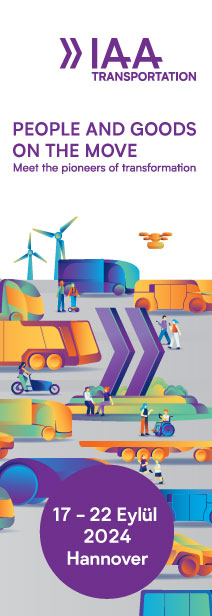Since then, however, it has become quiet around Daimler Trucks North America’s (DTNA) landmark project, which had swallowed some $4.3 billion in research and development investment over the ten-year period leading up to the launch, according to DTNA.
On the surface, the reason for the rapid reversal could be clerical in nature: Despite Freightliner being able to demonstrate the technical viability of the Inspiration Truck concept, going public with it instantly kicked off a debate on the political and socio-economic impact of autonomous driving that voided much of the project’s initial magic and has still not been resolved.
But politics are only part of the equation, seeing that Freightliner’s European cousin, Mercedes-Benz, went on to operate the world’s first autonomous production truck on a public highway less than half year after the US launch, and that a range of incumbent businesses in the US and Japan also continued to explore the idea.
So what happened? Three months into 2017, it is becoming increasingly apparent that Daimler et al. had to take a step back following Freightliner’s history-making reveal in a move to assess an unexpected new threat – Silicon Valley. While the establishment got back to work on making autonomous trucking commercially and politically viable, a new breed of small, highly responsive start-ups sniffed a chance to disrupt the heavy vehicle space in the same way Tesla shook up the automotive one.
San Francisco company Otto, for example, entered the scene in January 2016 with the idea of developing an autonomous aftermarket kit for heavy vehicles. Founded by former Google staff, it was acquired by Uber in August and completed the world’s first autonomous shipment – a load of 51,744 cans of beer – in October 2016. Only a year on, fellow Californian company, Embark, broke out of the slipstream with a similarly compelling concept – a form of Artificial Intelligence known as Deep Neural Nets (DNNs) that can be retrofitted to any existing truck. According to CEO and co-founder, Alex Rodrigues, DNNs “allow the truck to learn from its own experience – much like humans learn from practice”.
Taking a page from the social media industry to outperform incumbent brands in the critical transition phase between R&D and the ascent phase, Otto, Embark and the latest autonomous truck start-up to come to the fore, Starsky Robotics, effectively created a new market dynamic where the establishment doesn’t have the exclusive right of setting the industry’s innovation agenda anymore.
“There’s agreement that the competition to stake a claim to be first with a technology that promises to revolutionise commerce is intensifying,” says US journalist Chris O’Brien, who has been observing the market ever since the momentous Inspiration Truck launch and now serves as the European correspondent for trucks.com. Even though autonomous vehicles are unlikely to go on sale any time before 2020, he says the mere prospect of progress has already had a lasting effect on the industry’s way of thinking – with Silicon Valley’s involvement creating a sense of urgency that has “changed the game” for good.
“The stakes for getting there first in the truck market are enormous,” he explains. “While much of the public is captivated by stories about driverless cars, analysts and economists believe the development and adoption of autonomous vehicles will be much swifter in the heavy-trucking market.”










